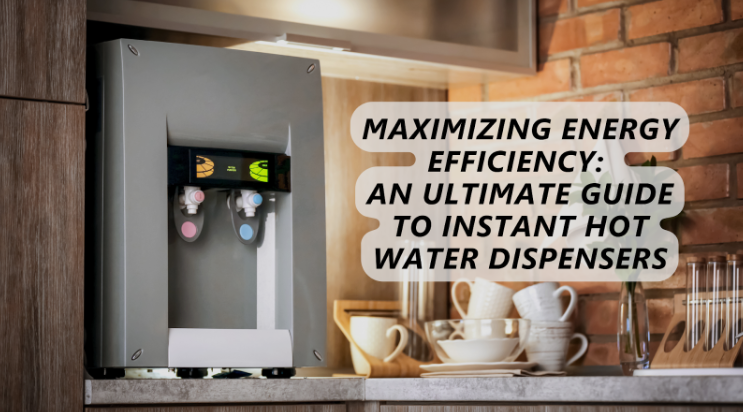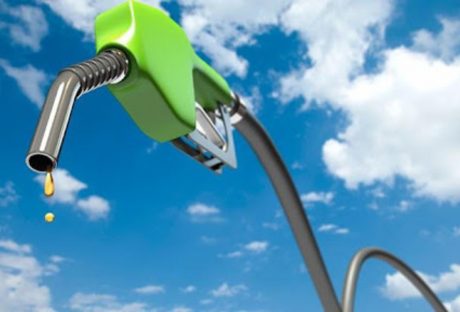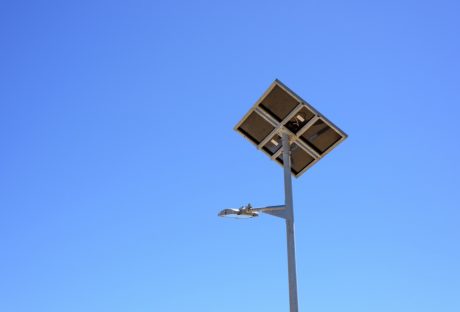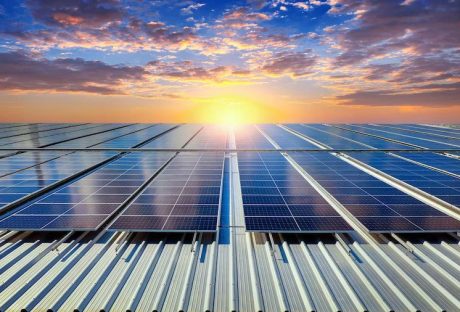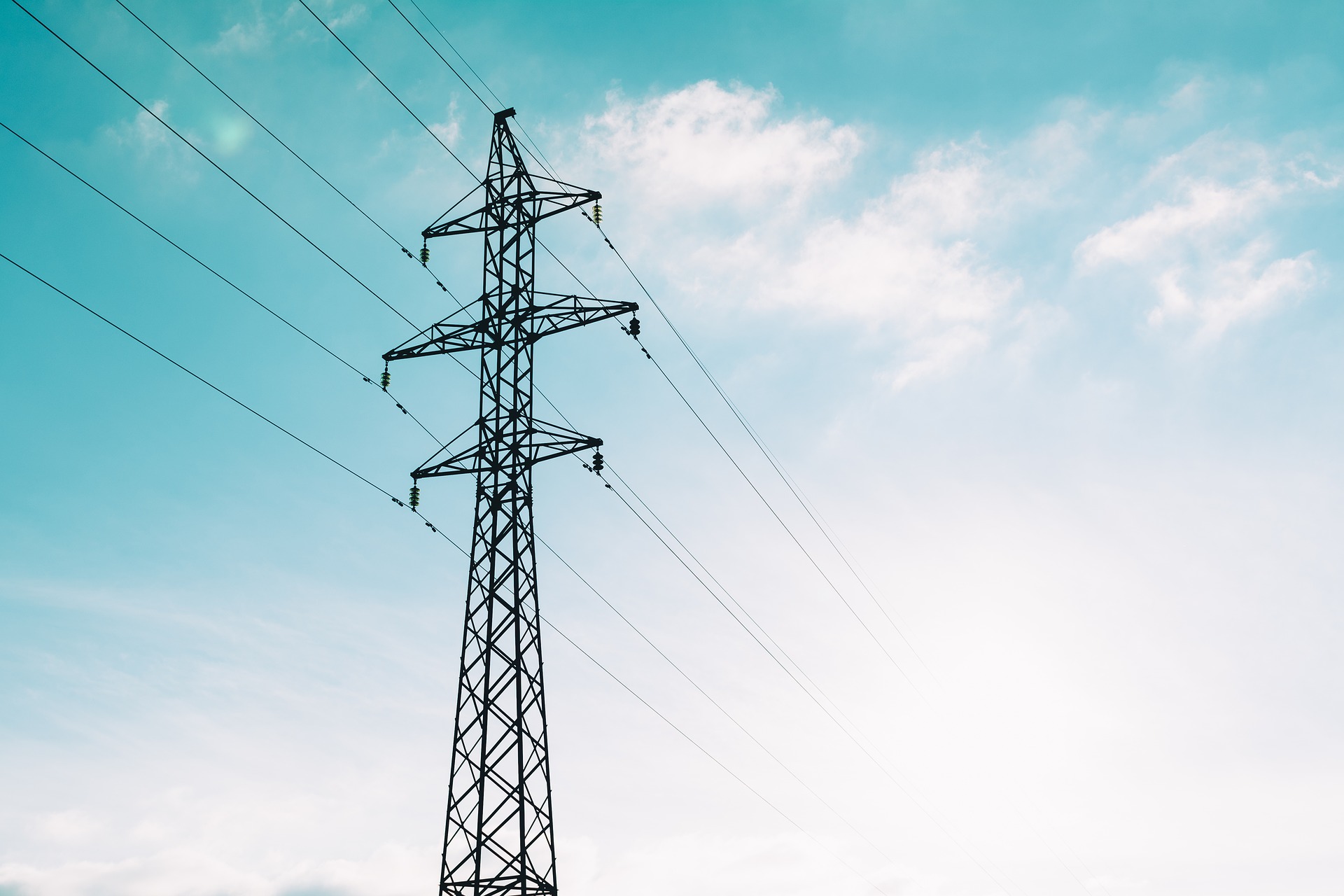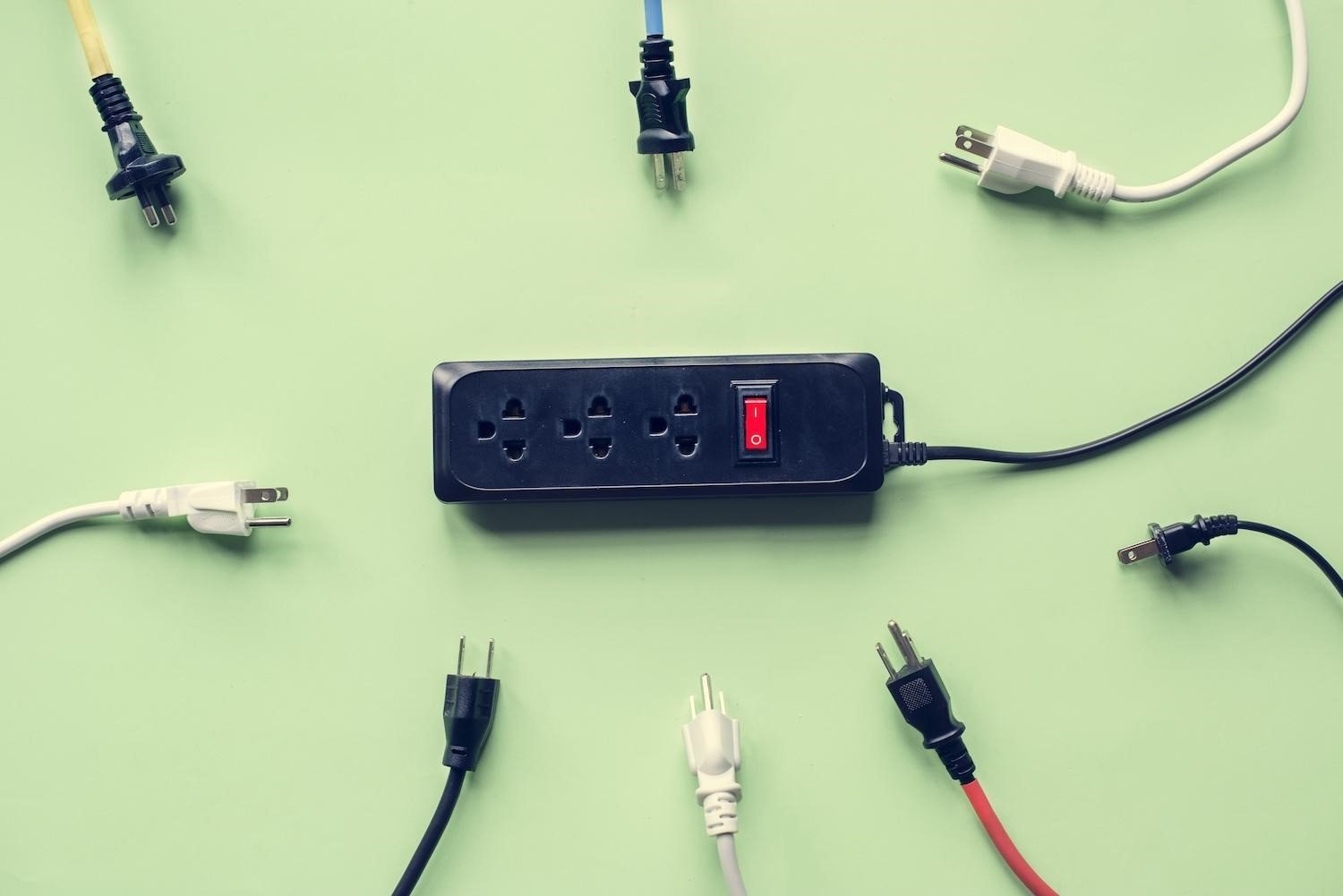Having hot water ready and waiting can make everyday life much easier. But heating tanks of water that mostly sit idle wastes energy. This is where on-demand hot water dispensers excel. They provide instant hot water as needed without standby energy losses.
However, installing an efficient hot water system in your home or office lets you enjoy this convenience sustainably.
Therefore, read on to learn what makes tankless water heaters eco-friendly and how to pick the best model to maximize energy savings.
Why Instant Systems Beat Tanks
Standard hot water tanks heat and store 30-50 gallons of water constantly. This maintains availability but isn’t efficient. The standby energy needed to keep large volumes hot all day adds up. However, the US Department of Energy estimates tank water heating accounts for 18% of home energy bills on average.
Enhancing your home’s efficiency and saving on energy bills becomes a breeze with hot water dispensers, particularly the instant or tankless variety. Instant or tankless water heaters avoid this waste by heating water directly on demand instead of storing hot water. Compact and wall-mounted, they detect when a tap is opened. However, an internal heating element quickly warms the water flowing through to the desired temperature only as needed.
Top benefits of instant dispensers include:
- Energy savings from not heating excess stored water
- Continuous hot water – it never runs out with an endless supply.
- Compact size takes up less space
- Long lifespan of up to 20 years with no tank corrosion
- Lower monthly bills and environmental impact
Tankless instant systems can reduce household hot water heating costs by 30% or more.
Key Factors When Selecting An Eco-Friendly System
With so many instant heater models available, it’s helpful to understand which features impact energy efficiency:
- Energy factor – A higher rating means greater efficiency. Look for 0.95 or more.
- Flow rate – GPM determines how much hot water is produced per minute. Higher is better for larger homes.
- Temperature settings – Lower heat settings use less energy. Models with a range are the most flexible.
- Safety controls – Sensors that modulate power use based on demand improve efficiency.
- Size – Right-sized units are most efficient. Undersized heaters have to work harder.
- Energy sources – Electricity or gas. Electricity offers environmental benefits.
Buying the correctly sized hot water dispensers with an energy-efficient design maximizes potential savings.
Read Also: Pros And Cons Of Mini Splits For Cooling
Tips For Maximizing Efficiency
Beyond choosing a quality efficient instant water heater, certain usage habits also optimize savings:
- Set temperature only as hot as needed
- Insulate pipes to reduce standby losses
- Schedule a vacation mode to save energy when away
- Limit excessively long showers that deplete capacity
- Have the unit flushed and maintained yearly
- Consider adding a recirculation pump if distances from taps are long
Proper installation and maintenance ensure your system runs at peak efficiency for the long term.
Smart Technology Provides Added Control
Advanced instant water heaters offer built-in Wi-Fi connectivity and smart features. These provide greater control and customization for increased efficiency. Look for models with:
- Remote temperature adjustments via phone app
- Voice activation through virtual assistants
- Usage tracking to identify savings opportunities
- Away modes to conserve energy when traveling
- Diagnostic alerts to prevent issues causing waste
Smart water heating provides detailed insights and controls at your fingertips, wherever you are.
Winterizing Your Instant System
In cold climates, taking steps to winterize instant water heaters prevents energy waste and damage from freezing. This may involve:
- Installing indoor models in conditioned utility rooms
- Insulating outdoor water lines and pipes
- Setting a vacation mode low temperature
- Adding antifreeze formulas to the system
- Draining water and blowing air through pipes before hard freezes
- Maintaining optimal airflow around outdoor wall-mounted units
A frozen broken water heater wastes all the energy it took to produce and install it. Proper seasonal maintenance sustains energy efficiency.
An Eco-Friendly Solution For Hot Water Needs
Instant tankless water heating systems represent a sustainable upgrade from outdated storage tank heaters. Their compact on-demand operation slashes energy consumption and bills. Choosing Energy Star-certified models sized for your household with high-efficiency ratings and smart capabilities optimizes savings. With some energy-conserving usage habits, you can enjoy endless hot water with minimal environmental impact.
Advanced Installation And Maintenance Tips
Proper installation and maintenance help ensure your instant hot water system operates safely and efficiently.
- Hire qualified professionals for complex venting and wiring needs
- Follow all local building codes and permit requirements
- Insulate connecting pipes to prevent heat loss
- Flush annually to prevent scale buildup reducing efficiency
- Check the energy guide sticker to confirm optimal electricity amperage
- Keep intake openings clear to allow proper airflow
- Vacuum exhaust ducts to remove accumulated dust
- Replace water filters as needed
Regular maintenance prevents future issues that could compromise energy performance.
Additional Energy And Cost-Saving Strategies
Beyond the instant water heater itself, completing your system with certain components increases efficiency:
- Recirculation pump – Circulates hot water through pipes back to the heater so it’s instantly available at taps.
- Drain water heat recovery – Recovers heat from draining water to pre-heat cold supply water entering the system.
- Solar pre-heating – Solar collectors warm up cold water before it enters the instant heater, reducing the electricity needed.
- Insulated pipes – Limit standby heat loss from pipes between heater and fixtures.
- Low-flow fixtures – Reduce water demand so the heater doesn’t have to work as hard.
Layering on complementary energy-smart devices and practices amplifies your instant hot water system’s eco-benefits.
Frequently Asked Questions
What maintenance do instant water heaters require?
Annual flushing of the heat exchanger and checking electric connections, temperature settings, and airflow around the unit are essential. Filters should be changed following the manufacturer’s guidelines, typically around once a year.
Do instant heaters work well in cold climates?
Yes, but outdoor pipes and units need insulation and proper air sealing. Some installations in northern regions place heaters in utility rooms instead of mounting them outside.
How difficult is it to install an instant hot water system?
It’s recommended to hire a professional for the complex venting and electrical work unless you are very experienced. Typical installs take a full day.
Final Thoughts
Tankless instant hot water dispensers provide an energy-efficient and sustainable upgrade from outdated tank heaters. Combined with eco-friendly usage habits and proper maintenance, they deliver significant cost savings and environmental benefits. Adopting a whole-system approach maximizes efficiency.
Read Also :













